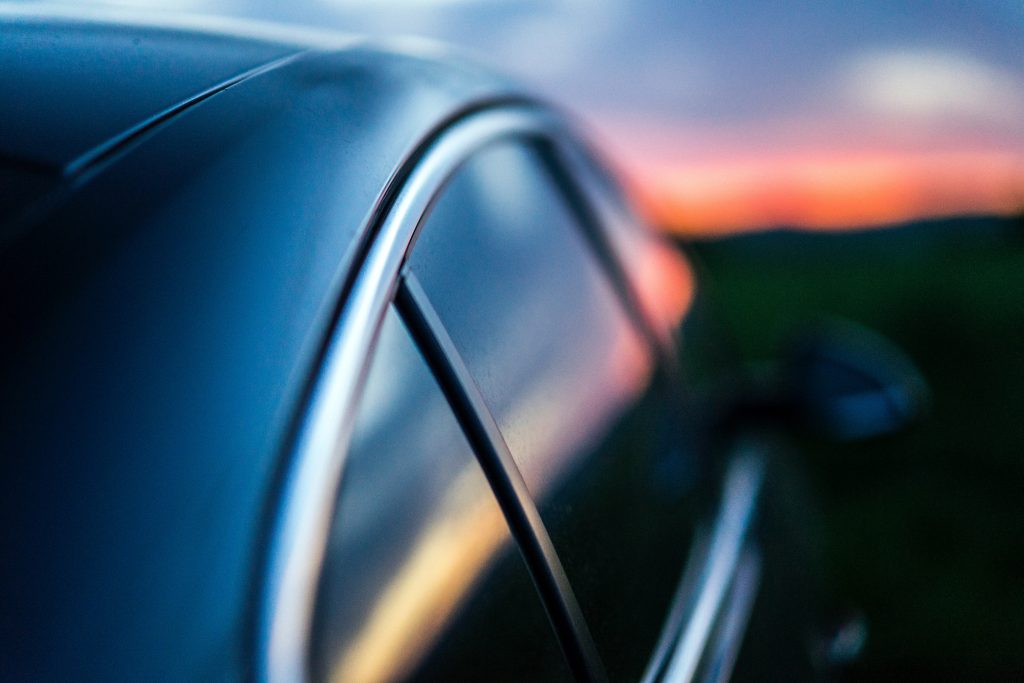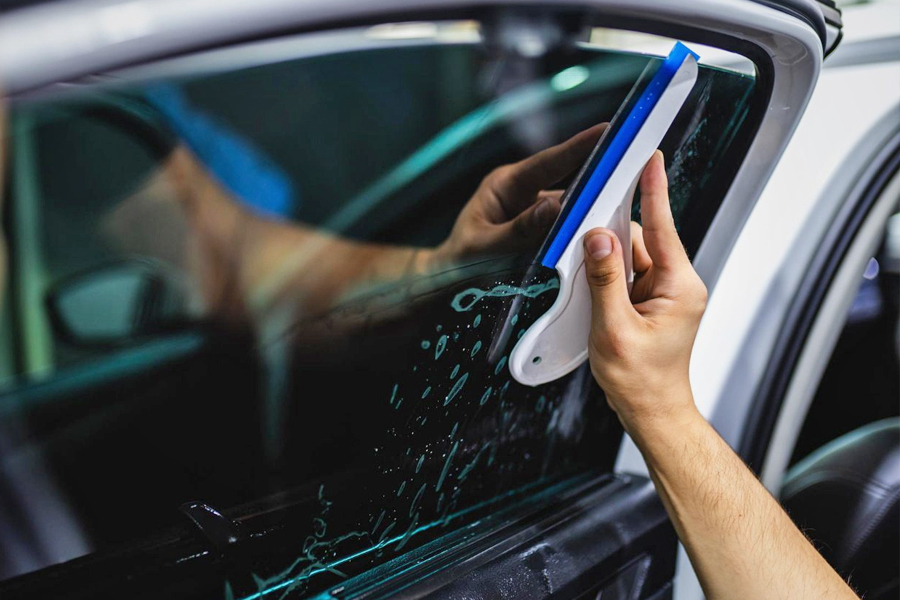How window tinting Can Improve Your Home's Power Efficiency
Wiki Article
Discovering the Different Types of Home Window Tint for Cars and Their Advantages

Dyed Home Window Color
Dyed home window tint is a prominent choice amongst vehicle proprietors looking for to boost privacy and minimize glow while maintaining an elegant look. This kind of color is created by including dye right into the glue layer, which is then related to the windows of the automobile. The key charm of colored window tint lies in its ability to offer a visually pleasing appearance without giving up performance.Among the most significant advantages of dyed home window color is its capability to block harmful UV rays, aiding to shield both guests and the car's interior from sunlight damages. In addition, this color efficiently minimizes glare, adding to a more comfortable driving experience, particularly during intense daylight problems. The strengthening of home window shade additionally adds a layer of privacy, making it a lot more challenging for outsiders to see inside the vehicle.
However, it is important to keep in mind that while colored home window color offers many advantages, it may not give as much warmth denial as various other types of tints. Additionally, its longevity can be affected by direct exposure to extended sunlight, potentially leading to fading with time. In general, colored window tint continues to be a popular option for those focusing on aesthetic appeals and basic sunlight defense.
Metalized Window Color
Metalized home window color stands for an advanced alternative for automobile owners looking to improve both performance and visual appeals. One of the key benefits of metalized home window color is its remarkable heat being rejected capabilities, which can substantially lower the indoor temperature of an auto.
Moreover, metalized tints offer boosted longevity contrasted to dyed films, making them immune to fading and scratching. This longevity guarantees that the tint preserves its efficiency and appearance in time, giving long-lasting value.
Additionally, metalized home window color can boost personal privacy and security by making it harder for outsiders to see inside the automobile. The reflective top quality of the tint can likewise discourage possible theft, as prized possessions are less visible (window tinting). While it may conflict with some electronic signals, such as general practitioner or cellular phone reception, the general advantages make metalized window color a compelling choice for several vehicle proprietors
Ceramic Home Window Tint
Providing advanced modern technology and unmatched performance, ceramic home window color has actually become a leading option for discerning auto proprietors. This innovative movie is composed of innovative ceramic particles that offer significant heat denial while maintaining quality and exposure. Unlike traditional tints, ceramic window tint does not rely on steel or color, which can hinder digital signals from devices such as GPS and cellular phone.One of the standout advantages of ceramic window tint is its extraordinary UV security. It obstructs up to 99% of hazardous ultraviolet rays, therefore safeguarding both the vehicle's interior and its owners from sun damage. In addition, this kind of color boosts personal privacy without jeopardizing visibility, making it a useful option for daily drivers and high-end lorries alike.
Read Full Article Ceramic window color also boasts longevity; it is resistant to fading and damaging, ensuring long-lasting efficiency. Its non-reflective nature means it does not create glare, contributing to more secure driving conditions (window tinting). For those seeking a premium tint service check here that combines looks with functionality, ceramic window tint sticks out as a superior selection, providing enhanced comfort and protection on the roadway
Carbon Window Color
When it concerns home window tinting alternatives, carbon home window color has actually gotten popularity for its blend of efficiency and affordability. This type of color is composed of carbon fragments, which offer a distinct matte coating that improves the aesthetic charm of lorries. Among the key benefits of carbon home window tint is its capability to obstruct a considerable amount of hazardous UV rays, protecting both the lorry's interior and its occupants from skin damage and fading.Additionally, carbon home window tint uses exceptional warm rejection residential or commercial properties, reducing the demand for too much cooling and boosting fuel effectiveness. Unlike dyed colors, carbon colors do not discolor in time, maintaining their performance and look for several years. This longevity makes them a sensible option for car owners looking for lasting value.
Moreover, carbon window color is non-metalized, which means it does not conflict with digital signals, making it appropriate for automobiles outfitted with general practitioner, Bluetooth, and other wireless technologies. The equilibrium of cost, performance, and aesthetic appeal has established carbon home window tint as a preferred choice for several vehicle owners. Ultimately, it functions as a trustworthy option for those wanting to improve comfort while making certain design.
Manufacturing Facility Color
Manufacturing facility tint, additionally referred to as OEM color, describes the tinting that is applied to car home windows during the manufacturing procedure. This kind of color is typically incorporated right into the glass itself, supplying a consistent look and constant degrees of shading across all windows. The main purpose of factory color is to reduce glare and boost passenger comfort while providing a level of UV protection.
While manufacturing facility color uses standard advantages, it may not give the same level of warmth being rejected or privacy as higher-grade aftermarket colors. Vehicle proprietors looking for boosted efficiency may consider added tinting choices, while still appreciating the aesthetic appeal and performance manufacturing facility tint supplies.
Verdict

Nonetheless, it is crucial to note that while dyed home window tint offers various benefits, it might not provide as much warm denial as various other types of colors. For those seeking a costs tint remedy that incorporates looks with performance, ceramic window tint stands out as a remarkable choice, delivering boosted comfort and defense on the roadway.
When it comes to home window tinting alternatives, carbon window color has gotten popularity for its blend of efficiency and cost.Factory color, additionally understood as OEM tint, refers to the tinting that is used to car home windows during the manufacturing process. The precise degree of tint can vary depending on the vehicle maker and version, with some cars featuring extra significant tint on rear windows than on front windows.
Report this wiki page